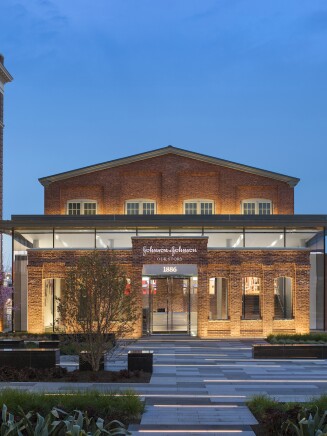Q:
As a nation, the U.S. has been celebrating Hispanic Heritage Month each October for the past 28 years—but, as a company, Johnson & Johnson has embraced and supported this diverse population as far back as the late 1800s. What are some of the most interesting stories culled from our archives?
A:
I love looking at records in our archives that give us a glimpse at our employees from way back. They’re like portals that allow us to see not only what was happening within our company, but also in the U.S. and even the greater world.
In the early 1900s, Johnson & Johnson already had a strong business presence in Latin America, with local sales agents located throughout the region. Puerto Rico was also a new U.S. territory at the time, and people from Mexico were coming to the U.S. in large numbers as part of a great wave of immigration.
The company understood the importance of properly serving these new customers, and based on employee records from that era, we know Johnson & Johnson increased the number of Hispanic sales force employees it hired. I imagine that pharmacists and doctors who used our products were grateful for the personal touch offered by our Spanish-speaking salespeople, who could help them better communicate with customers and patients.
Even earlier, in 1891, we had translated our groundbreaking Modern Methods of Antiseptic Wound Treatment manual into Spanish (shown right), so Spanish-speaking doctors in the United States and Latin America had the knowledge they needed to do life-saving sterile surgery. In fact, the earliest Spanish-language ad in our archives is for sterile surgical dressings.
It was around this time that Johnson & Johnson also started its own in-house Spanish-language department focused on producing everything from ads and in-store promotional materials to company letterhead and order forms. By the early 1900s, the company advertised just about every product we made in Spanish!



